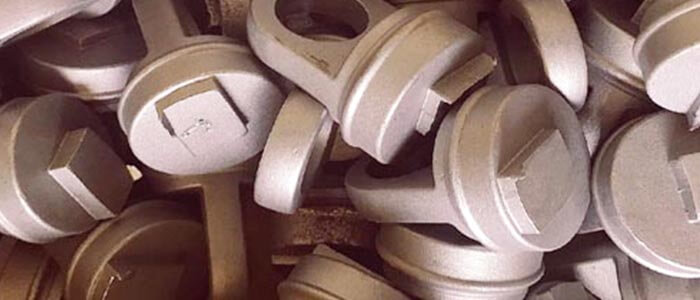Introduction
Iron has been a cornerstone of human civilization for thousands of years, and its use in casting processes has played a pivotal role in shaping our world. Today, iron continues to hold a prominent place in the foundry industry, where it serves a myriad of purposes.
Historical Perspective
Iron casting is one of the oldest known metalworking techniques, dating back to around 3200 BCE in ancient Egypt. Early civilizations used iron casting to create tools, weapons, and decorative objects. Over time, the casting process evolved, and iron became a primary material for constructing machinery, buildings, and infrastructure.
Uses of Iron in Modern Casting
Gray Iron Castings:
Gray iron, also known as cast iron, is a popular choice in the foundry industry. Its high carbon content gives it excellent castability, making it suitable for a wide range of applications. Gray iron castings are used in automotive components, pipes, cookware, and even artistic sculptures.
Ductile Iron Castings:
Ductile iron, also known as nodular iron, is another essential form of iron in casting. It possesses the strength of steel while retaining the castability of gray iron. Ductile iron is often used in heavy machinery, pipe fittings, and automotive parts where durability and strength are paramount.
Steel Casting:
Iron, when alloyed with other elements like carbon, manganese, and chromium, becomes steel. Steel castings are widely used in the foundry industry for their exceptional strength, corrosion resistance, and versatility. They are employed in manufacturing everything from aircraft components to construction equipment.

Malleable Iron Castings:
Malleable iron is a form of cast iron that has been heat-treated to become ductile and less brittle. This makes it suitable for applications that require both strength and flexibility, such as pipe fittings and automotive parts.
Wrought Iron:
Although less commonly used in modern foundries, wrought iron still finds applications in artistic casting. Its malleability and distinctive grain patterns make it ideal for crafting decorative pieces and sculptures.
Compacted Graphite Iron (CGI):
CGI is a relatively newer development in the world of iron casting. It offers a compromise between the strength of ductile iron and the castability of gray iron. CGI is used in the production of engine blocks, cylinder heads, and other automotive components where high-stress resistance is required.
The Status of Iron in the Foundry Industry Today
In the modern foundry industry, iron remains a fundamental material due to its versatility and cost-effectiveness. It is employed in various casting processes, including sand casting, investment casting, die casting, and more. The reasons for iron’s enduring popularity in foundry work include:
Cost-Effectiveness: Iron is abundant, making it a cost-effective choice for casting processes. Its widespread availability ensures that it remains a cost-efficient option compared to some specialty alloys.
Versatility: The ability to produce different types of iron alloys allows foundries to cater to a wide range of industries and applications. From lightweight, high-strength steel components in aerospace to rugged cast iron parts in construction, iron’s versatility makes it indispensable.
Strength and Durability: Iron alloys offer exceptional strength and durability, making them ideal for applications that require long-term reliability, such as automotive and machinery components.
Recyclability: Iron is highly recyclable, reducing its environmental impact and contributing to sustainable foundry practices.
Conclusion
Iron’s enduring presence in the foundry industry is a testament to its versatility and adaptability. From the ancient world to the modern age, iron has played a vital role in shaping human civilization. Today, it continues to hold a prominent place in the foundry industry, providing the strength, durability, and cost-effectiveness necessary for countless applications across various sectors. As technology advances and environmental concerns grow, the foundry industry is likely to continue exploring new ways to utilize iron and its alloys to meet the evolving needs of our world.
Indeed, in the process of smelting iron, particularly in foundry applications, the use of silicon carbide ceramic foam filters has become a crucial step for purification. These filters play a vital role in improving the quality of the final iron castings by removing impurities and ensuring a smoother, cleaner pour.
In summary, silicon carbide ceramic foam filters have become an integral component of the iron smelting and casting process. They contribute significantly to the improvement of casting quality, reduction of defects, and overall process efficiency. As the foundry industry continues to advance and demand higher-quality castings, the use of these filters is likely to remain a standard practice for achieving cleaner and more reliable iron castings.


